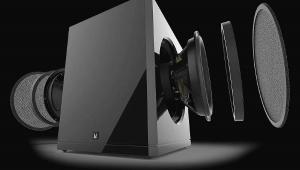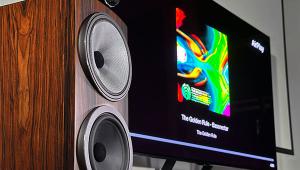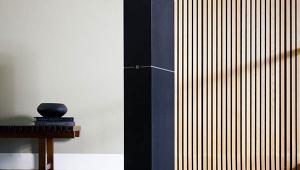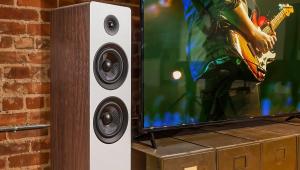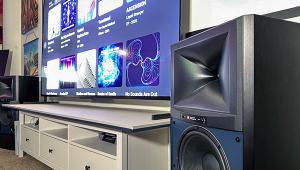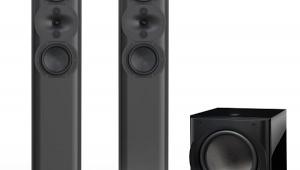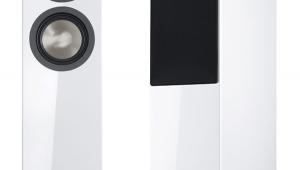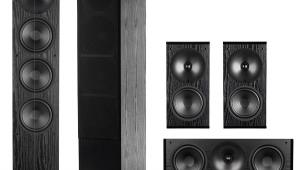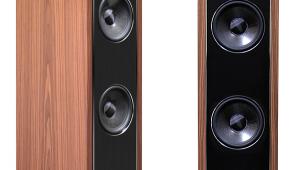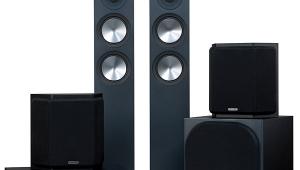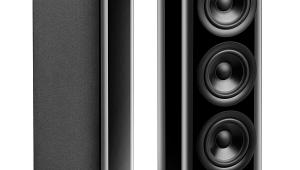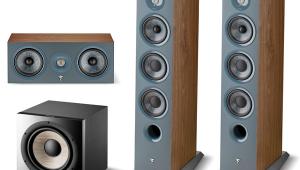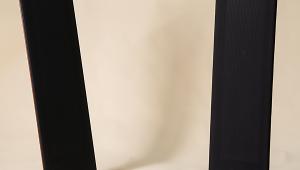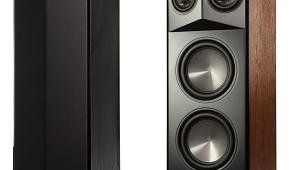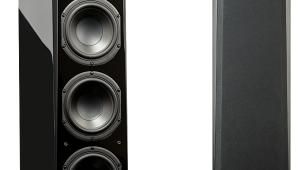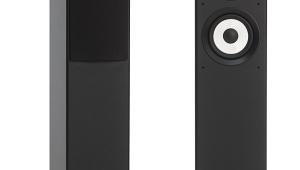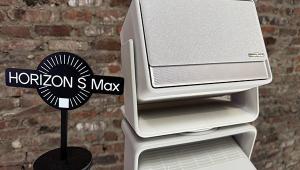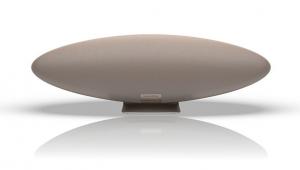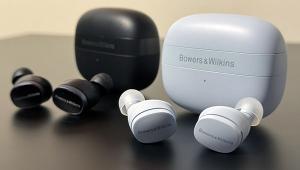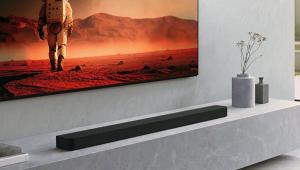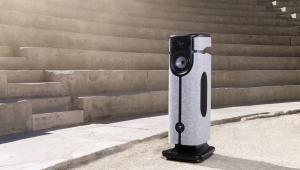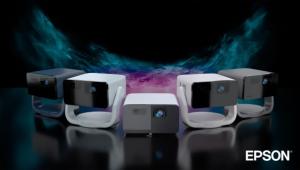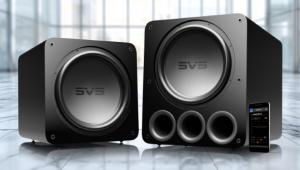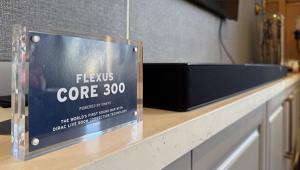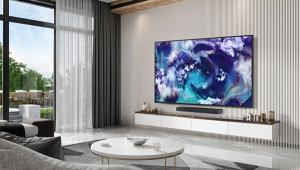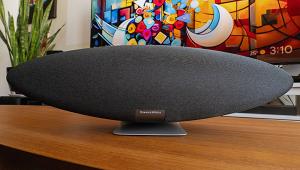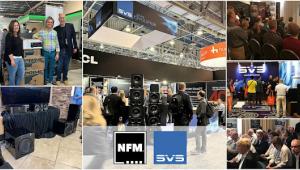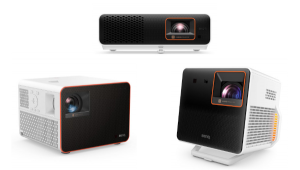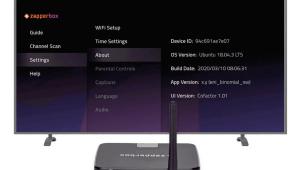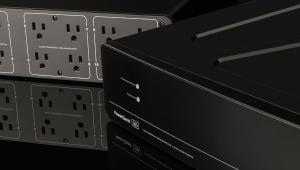Your winning adventure begins with BetRupees Game. Play popular games and cash out your victories with ease. Try now! https://betrupees.one/
Mirage OMD-28 Surround Speaker System
 In practice there is no such thing as a true omnidirectional speaker—a point source that radiates sound equally in all directions. Real world designs are variations on that theme, and it would be more accurate to call them multidirectional speakers. But omni is the name convention has given to them, so omni it will be here.
In practice there is no such thing as a true omnidirectional speaker—a point source that radiates sound equally in all directions. Real world designs are variations on that theme, and it would be more accurate to call them multidirectional speakers. But omni is the name convention has given to them, so omni it will be here.
Mirage is an important player in this game. Its first "omni," the M-1, appeared in the late 1980s. The M-1 was not really a classic omni design. It radiated sound to both the front and rear almost equally, but its radiation to the side was no more "omni" than conventional speakers. Mirage dubbed this design technique "bipolar," but whatever you called it, it sounded significantly different than most contemporary designs. It more closely resembled a dipole panel speaker than an omni, though it used conventional cone/dome driver technology. And unlike a dipole, in which the front and rear radiation are out of phase, the front and back output of the M-1 were always in-phase.
A long string of similar Mirage bipolar models followed. Then, more recently, Mirage went "Omnipolar." This design positions two conventional drivers on the sloped top of the cabinet: a midrange (or woofer-midrange) and a tweeter. The drivers are configured coaxially and fire upward into a shaped diffuser: Mirage's patented "Omniguide." The result is closer to true omnidirectional performance than most previous omni designs.

The first Mirage Omnipolars were small satellite/subwoofer models. This technology has now expanded to encompass virtually all of Mirage's speaker line in a variety of ranges, including Omnisat, Nanosat, Omni, and OM. The review system here was comprised of the new OMD-28 ($7,500/pair), OMD-C2 center channel ($2,000) and OMD-R surrounds ($2,000/pair), from the OM series, which is Mirage's flagship omnidirectional surround speaker system.
Description
While the $7,500/pair price of the OMD-28, the speaker that anchors the left and right front channels of this system, is a long way from small change it's downright cheap these days for a flagship. But API, the manufacturer of Mirage and Energy speakers (API is now a division of Klipsch) has never played in the "my-speaker-sells-for -more-than-your-speaker" sandbox.
API no longer builds its speakers in-house, but rather "off-shore." So, as it says on the shipping cartons, the designed-Here/ built-There paradigm applies to all the speakers in this system. "Here," for Mirage, is API's home in Canada, while "There," as usual these days, is China. While this development, as common as it now is, doesn't give me the warm fuzzies on most levels, there's no question that it offers audio enthusiasts a lot of value for money.
Available in gloss black, polished rosewood, or a gorgeous polished burled maple, the OMD-28's curvaceous cabinet supports a three-way, four-driver, ported system. At the top are the midrange, tweeter, and Omniguide reflector. The 5.25" midrange employs a multi-layer carbon/fiberglass cone with an underhung voice coil and Mirage's Ribbed Elliptical Surround technology. The word "surround," as used here, does not refer to the radiation pattern but rather to the flexible surround that links the midrange cone to the driver's supporting structure or basket. The tweeter is a chambered, 28mm, titanium dome design.
The OMD-28's two 8" woofers are loaded by dual ports that radiate from the bottom of the cabinet into a slot between the main enclosure and its base. The woofers employ the same driver technology as the midrange, and together with the cabinet's ports claim a usable low frequency limit of 18Hz (-10dB).
Three pairs of terminals can support tri-wiring or even tri-amping if you remove the straps that link them together. I used the links, with single wiring, for all the speakers in this review. The terminals are of very high quality but don't easily accommodate all common spades. I had to crimp the tongs of the spades on my center channel speaker leads together slightly to secure them. Bananas, however, are easily accommodated, and the terminals can be tightened down to improve the contact on bananas (which can often loosen over time, particularly with repeated use).
The cabinet itself is made of braced MDF. At 73 lbs., it's relatively easy to maneuver around, though its curved sides and back make it difficult to get a good grip on its polished surface. Mirage thoughtfully provides a set of rubberized gloves, which neatly solved this problem. (Hint to speaker-moving audiophiles everywhere: you can buy similar gloves in most well-equipped home improvement stores. It's not a bad item to add to your toolbox.)
Attractive, lockable spikes are also provided, but they resemble cones more than spikes and aren't pointed enough to punch through carpet and secure the speaker to the floor underneath. But they can provide a means to level the speakers, or even tilt them slightly forward or backward to fine-tune the image focus. I did not use these "spikes" for this review.
Rigid, shaped grilles are supplied to cover the top of the cabinet and its drivers, with separate grilles for the woofers. The grilles are easy to remove and reinstall. You can pull them off for critical listening if desired and leave them in place at other times to protect the speaker. The prominent Omniguide on top, if uncovered, might be prone to damage if left uncovered in, say, a busy family room. I did most of my listening with the grilles removed.
The OMD-C2 center channel has the same midrange/tweeter/Omniguide driver configuration, but in this case it's flanked by two 6.5-inch drivers that use the same proprietary technology as the other cone drivers in the system. Its acoustic suspension (unported) MDF cabinet is also available in high gloss piano black, rosewood or burled maple, and there are two sets of terminals rather than the three in the OMD-28. A rigid, perforated, dome-shaped grille is also supplied to cover the top of the cabinet and the drivers. As with the OMD-28, however, I listened to the OMD-C2 with its grille removed.
- Log in or register to post comments

